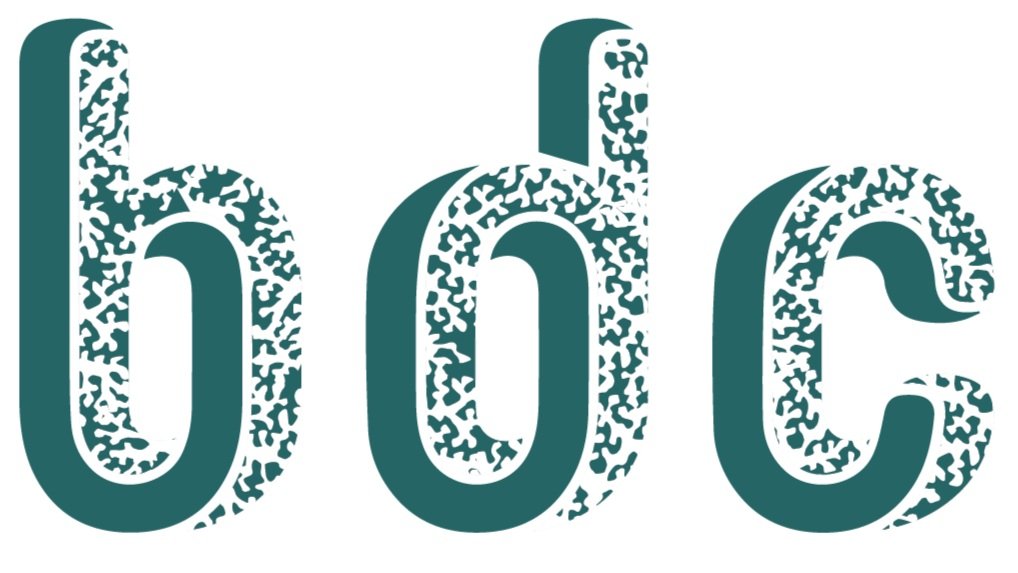Spelman College
PROJECTS | 2021
Sub·ver·sive /səbˈvərsiv/ - BioFashion for Black Lives
Mika Campbell, Grace Burch. Abigail Gordon, Savannah Adams
This project attempts to change the social narrative around wearing hoodies as a Black person in America. A biodesigned reimagining of the garment, this project imbues modular biosensors and protective spider silk into the fabric to provide comfort and protection to the wearer.
Finalist Team
InstructorS - 2021
Dr. Tiffany Oliver
Dr. Tiffany Oliver is a native of Detroit, Michigan. She received her BS in biology with a minor in chemistry from Tennessee State University and her PhD in genetics and molecular biology from Emory University. She currently serves as an associate professor and the incumbent Chair of the Department of Biology at Spelman College. Her research examines the role of near-infrared light on the inhibition of cell death and is currently funded by a three-year, $400,000.00 grant from the Department of Defense. Tiffany has been a long-time advocate for diversity, equity, and inclusion in STEM. She has worked in various ways to communicate with and foster diverse STEM audiences, including speaking at talks and chaired sessions at major scientific conferences including the American Society for Human Genetics and the American Society for Cell Biology.
Prof. Robert Hamilton
Prof. Robert Hamilton is a graduate of Atlanta College of Art in 1989 with a focus in electronic arts. He has also worked for a number of years as an independent graphics contractor in the area of computer-based training, while continuing to teach at Atlanta College of Art. As an artist, he has shown in a number of local galleries and around the nation before finding his home at Spelman College. Currently, he is a senior lecturer focusing in the area of innovation technologies. This area includes the methods, uses, and issues surrounding 3D modeling, 3D printing, laser-cutting and CNC machining. His own area of focus is on the interplay of history, science, and art with specific concentration on the bioarts through botany, mycology, and pomology.
Dr. Jaye Nias
Dr. Jaye Nias, a native of Buffalo, NY, earned her bachelor’s degree in chemical engineering from North Carolina Agricultural and Technical State University. After working for several years with computer science students in the Model Institutions for Excellence Initiative, Jaye decided to return to school to pursue her master's and doctorate in computer science. She earned her doctoral degree from Bowie State University as an HGBI Fellow completing her dissertation in the area of Human Computer Interactions, Mobile Gestures, and Culturally Relevant Technology. She has completed research at IBM Research Africa, Morehouse College’s Culturally Relevant Computing Lab, and as a Spelman CURE Post-doctoral Fellow. Currently, Dr. Nias is an assistant professor of computer science at Spelman College in Atlanta, GA where her research explores various applications of computational methods of promoting cultural diversity and societal inclusion. You can find her work at www.jayenias.com .
Dr. Mark Maloney
Dr. Mark Maloney is a professor in the Department of Biology at Spelman College. He received his BS from Tufts University and his PhD in Zoology from the University of Massachusetts-Amherst and performed postdoctoral research at the Hospital for Sick Children in Toronto. He has taught immunology, parasitology, cell biology, and bioinformatics in the Spelman Biology curriculum. Mark has a longstanding interest in the functioning of the immune system, initially in the fields of immunoparasitology and bacterial pathogenesis, and more recently in the area of B cell development. His research focuses on identifying human proteins that interact with the Shiga toxin receptor Gb3 and characterizing the cellular functions of the Gb3 glycolipid including its roles in apoptosis pathways, cell adhesion, and interferon signal transduction in B lymphocytes and Burkitt lymphoma cells.





